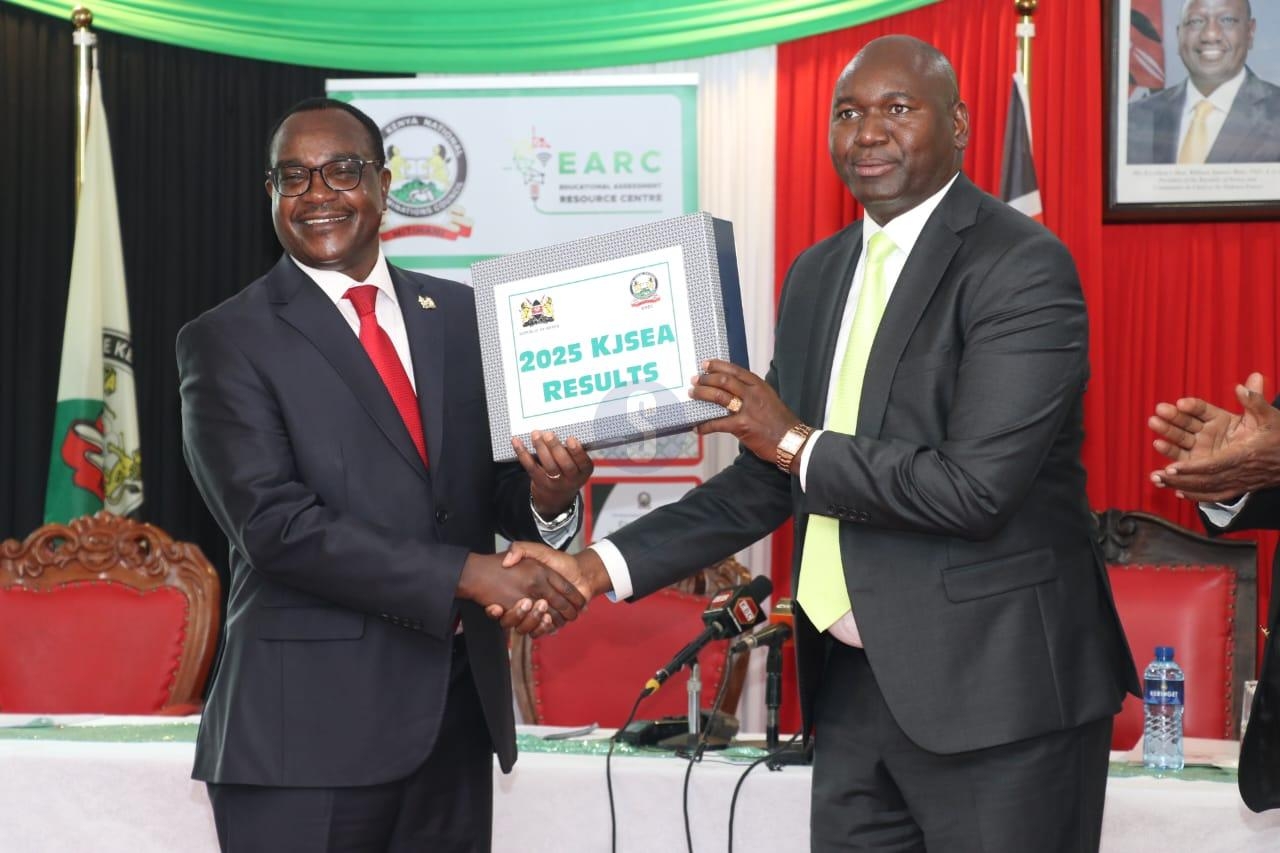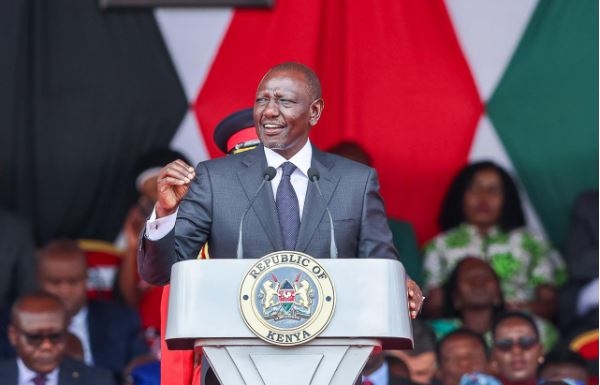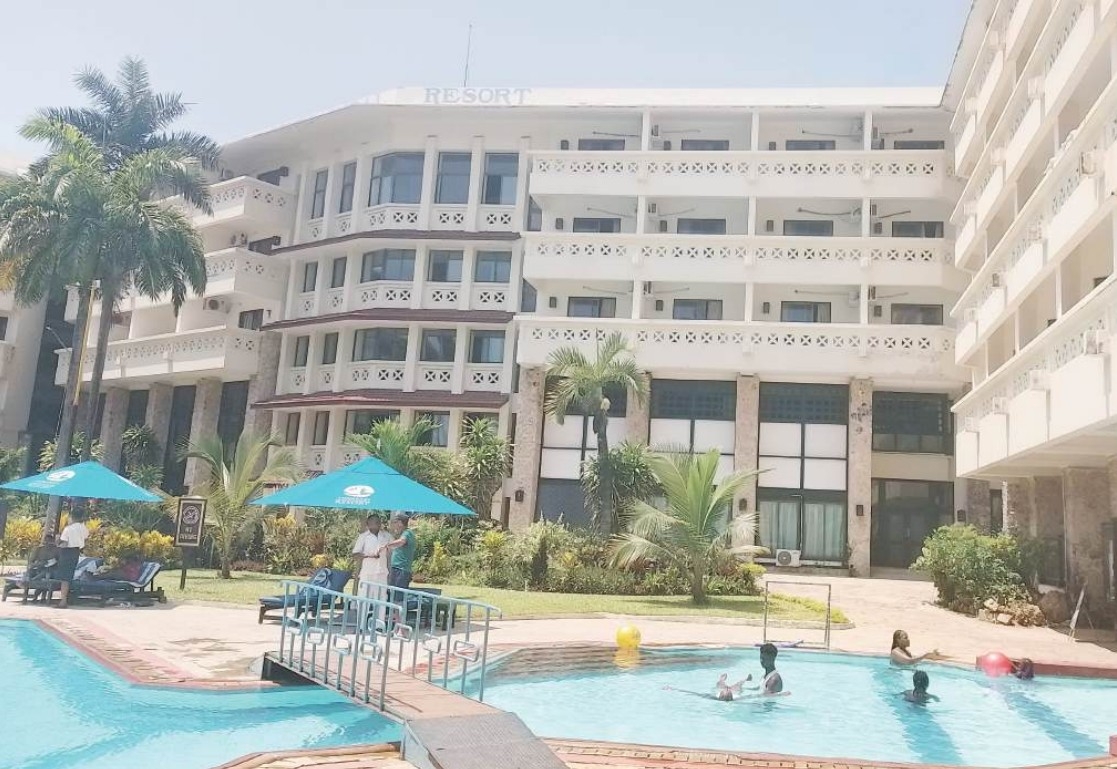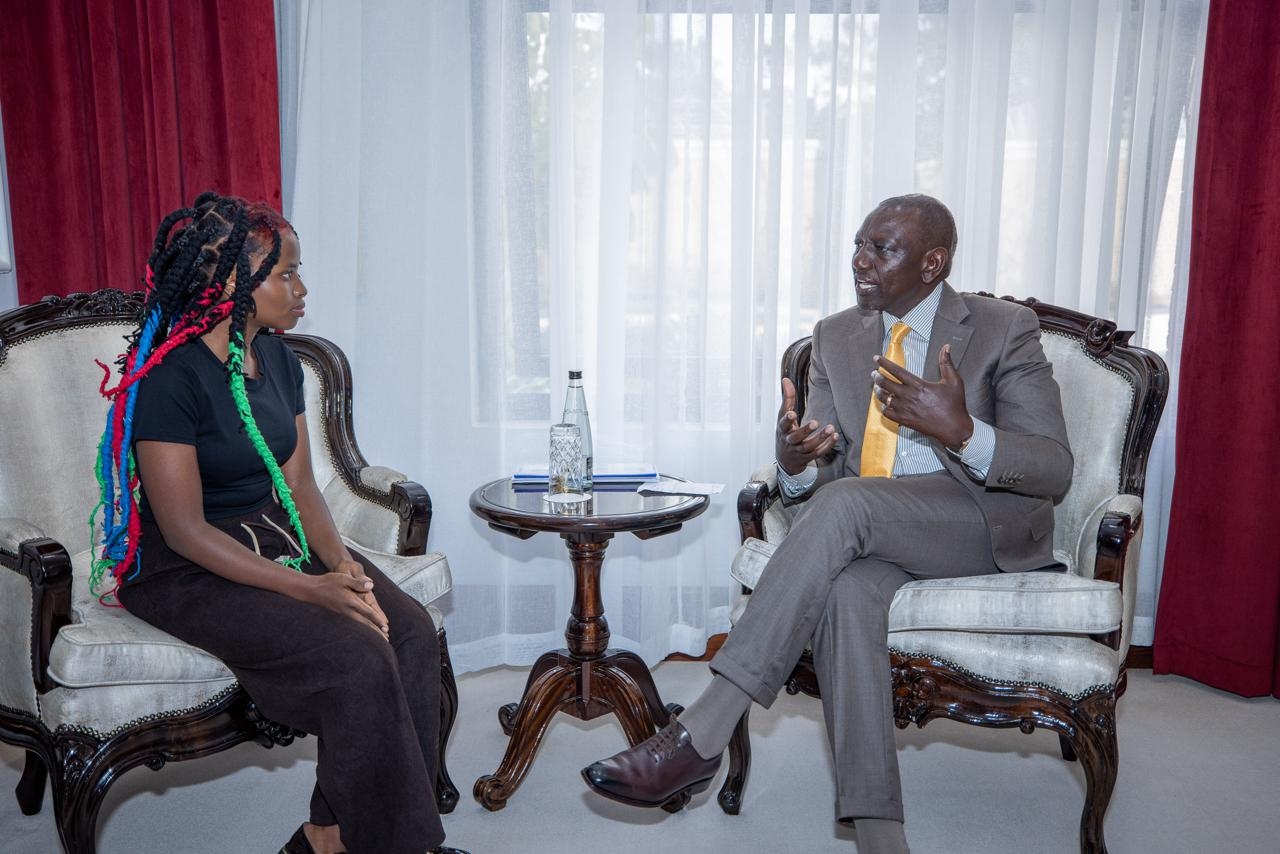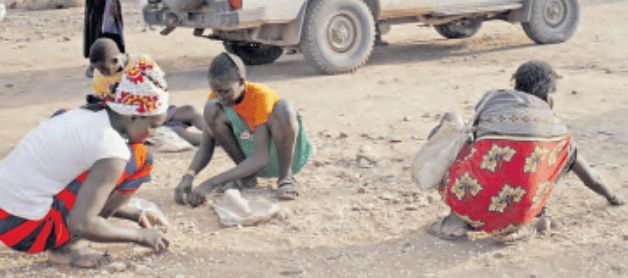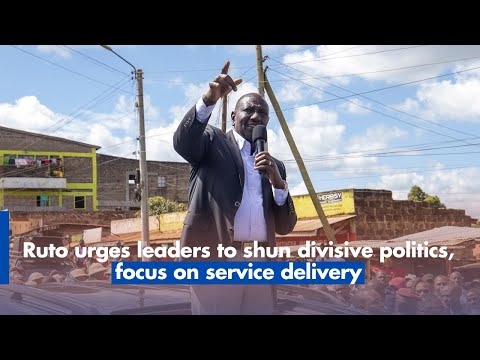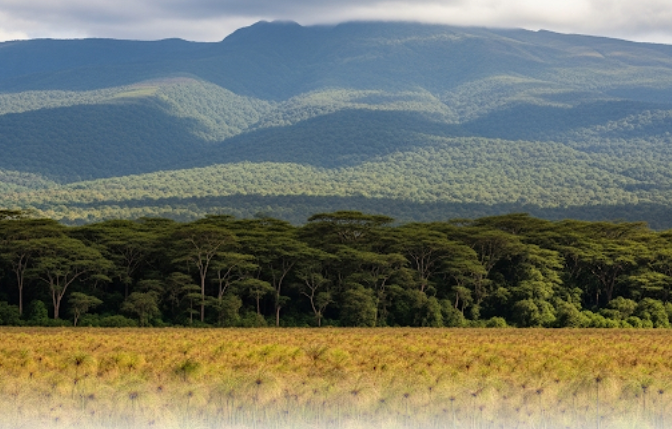
May 22 is International Day for Biodiversity. This is not just another day on the calendar. It’s a moment to pause and reflect on something most of us take for granted: the sheer variety of life that keeps this nation and the world running.
Biodiversity is not just about trees, birds or big cats in the wild. It is about the air we breathe, the water we drink, the food on our plates and the rhythms of daily life that depend on healthy ecosystems. It is the silent force behind our economy, culture and well-being.
Take a moment to picture the lush forests of Mt Kenya or the expansive Yala Swamp papyrus vegetation.
These are more than just scenic landscapes. They are lifelines. These vital ecosystems supply freshwater, support food systems, store carbon and offer many more services crucial for our survival.
They also attract tourists, support local industries and provide employment opportunities. They feed our stories, shape our beliefs and hold memories of how we have lived for generations.
Yet, they are disappearing quietly, quickly and with little fuss in the headlines. Our forests are shrinking. Wetlands are drying out. Rivers are choking on waste.
This is not just a conservation issue, it is a survival issue. If Mt Kenya and Aberdare forests go, millions will lose their water source. If Yala Swamp disappears, the communities that fish and farm there will face hunger. If mangroves vanish, our coastal towns will lose their best defence against rising seas.
But turn on the news, and you will likely hear about politics, scandals or the latest sports score. Rarely do we see the story of a disappearing wetland make front-page news. That is not because it is not urgent. It’s because, for whatever reason, it is not considered ‘newsworthy’. That coverage gap is a problem. A big one.
The truth is, biodiversity is Kenya’s life insurance. Forests in the Aberdares and on Mt Kenya are not just trees, they are water towers. Wetlands like Yala filter and store water, soften the blow of floods and nurture fish stocks. Mangroves along the coast are shields against storm surges and rising tides.
They are also breeding grounds for diverse marine life that sustains coastal communities. When these systems fail, we feel it: less water, poorer harvests, unstable power, higher food prices and more disease. Biodiversity loss is not happening in some remote place disconnected from our lives, it is happening right where people live.
You may not see it immediately, but give it time, and the cracks start to show. And it is not just about practical benefits. Nature speaks to who we are. It inspires our art and music. It offers spaces for healing and reflection. It is where many of our childhood memories were made – barefoot in the soil, under trees, by streams. You cannot put a price tag on that. And here’s where the media comes in.
There's a massive opportunity and responsibility for journalists to give biodiversity the coverage it deserves. Not just because it is urgent, but because people care. They just need to see the connection. Let’s be honest: the average person is not going to read a detailed research paper on the effects of forest degradation.
But they will tune in to a story about how illegal logging upstream is responsible for their dry taps. Or how pollution in the estuary is poisoning the fish that their family depends on. We need more of these stories. Stories that link biodiversity conservation to everyday lives. Stories that show communities fighting back with grassroots conservation. Stories of people finding hope and solutions.
This means giving biodiversity stories prime-time slots, not burying them on page 18. It means investing in journalists – training them to understand environmental issues and tell them in clear, compelling ways. It means editors recognising these stories not as ‘nice extras’, but as central to our national discourse. The media helped shape public opinion on the Finance Bill, the Social Health Insurance Fund and corruption.
Why not biodiversity conservation? This is not a problem for conservationists alone. It is a shared one. To media professionals, you have the platform and power to tell stories that matter. To citizens, you have a voice and a choice in what you watch, read and demand from the media.
Policymakers, you can create space for environmental journalism to thrive, not just survive. And let’s not forget, nature does not shout. It does not march or protest. But it speaks through vanishing bees, dried-up rivers and failing crops. Are we listening? Let’s keep in mind that the cost of doing nothing always ends up being higher than the cost of action, always. We have a chance to turn things around.
Start with the stories. Not the doom-and-gloom ones only, but those that show change is possible. Spotlight communities restoring habitats, volunteers monitoring rare birds, residents advocating for the conservation of their wetlands or village women embracing energy-saving cook stoves to save forests.
These are the stories that move people. Let May 22 be more than a date. Let it be a reset, a nudge to shift how we think, report and act on biodiversity. At the end of the day, protecting biodiversity is not about saving nature. It's about saving ourselves.
And that, surely, is worth prime time.


